Are baking soda and baking powder interchangeable? Can I use baking soda instead of baking powder when I’m out of it? All these questions are pretty common among all sorts of bakers alike. The straight forward answer is yes, but only if you make the necessary adjustments before replacing the leavening agents.
So what are these adjustments? In the following post, we are going to discuss everything that you need to know for replacing one with the other. Keep reading for a complete explanation of whether you should use baking soda instead of baking powder. Or is it easier the other way around?
Baking Soda
Baking sodas are sodium bicarbonate salts. They are widely available in all super shops and grocery stores across the country. All you need to do is head to the bakery section, and you’ll find a variety of brands to choose from. Now let’s know a little bit about its composition, uses, and mechanism.
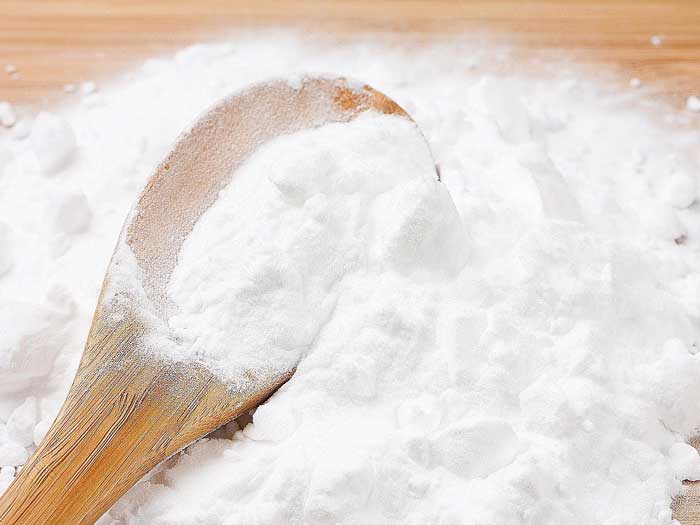
Composition
Carbon, sodium, hydrogen, and oxygen come together to form sodium bicarbonate, otherwise known as baking soda. The food-grade sodium bicarbonate is popularly used as a leavening agent for baking.
Bakers add a little amount of baking soda when the batter of baked goods is prepared. This causes many chemical reactions within the batter. As a result, bread or cake rises.
Uses
Baking soda has several uses that range from cleaning to leavening. But for the sake of relevance, we decided to talk about only leavening today. Baking soda is what gives you the necessary rise for a soft end-result.
Therefore, it is widely used in all sorts of cakes, pancakes, bread, cookies, and other baked goods. Other uses and benefits of baking soda include the removal of stubborn stains and skin-pore cleansing as well.
How Does Baking Soda Work?
The working mechanism is fairly simple. We already know that baking soda is alkaline. This alkalinity causes it to mix with water and an acidic element (which you must add later on). This eventually leads to the chemical reaction that gives your cake the desired rise.
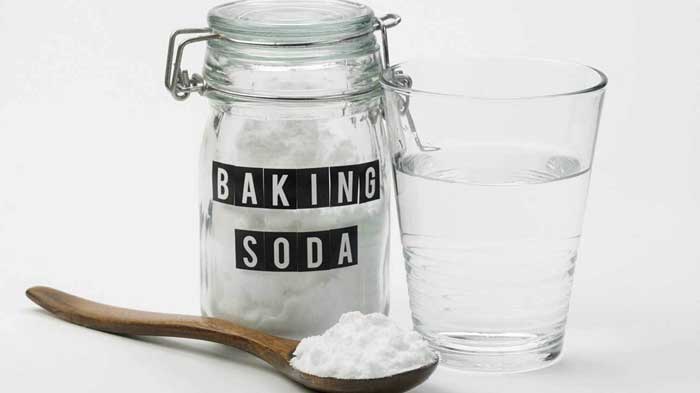
Note that baking soda is not a very active ingredient on its own. This acidic element is essential for baking soda to work properly. If you come across a cookbook that uses baking soda in it, then it’s bound to have an acidic element as well. This acidic addition may be any of the following
- Lemon juice
- Vinegar
- Yogurt
Baking Powder
Baking powder is the mixture of sodium bicarbonate and an acidic element. It’s a much drier leavening agent compared to baking soda. In other words, baking soda and some other essential acidic elements come together to form baking powder. Without further ado, let’s dive into the composition and uses.
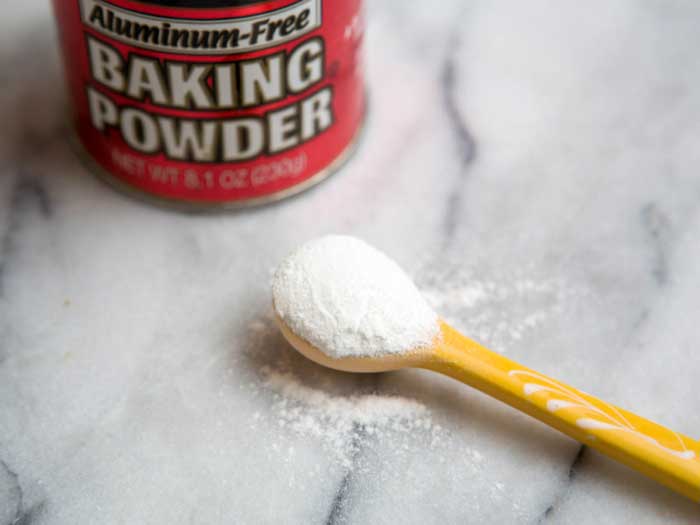
Composition
Baking powder is alkaline due to the presence of baking soda in it. And we know that the powder consists of a weak acid as well. So what stops them from reacting within their packaging? The answer is buffer. Normally this buffer is cornstarch.
Manufacturers bind baking powder with an acidic component such as citric acid or vinegar. And finally, to stop the reaction from happening prematurely, a simple buffer is added. Voila, we have for ourselves the ‘commercial baking powder’!
Uses
Baking powder comes in to play the role of yeast wherever the taste of yeast is not preferred. You can’t call it an alternative to yeast, but they do serve similar purposes. For instance, both of them work to rise and fluff the cake. Bakers mainly use it to increase the volume of cakes and bread while making it softer.
Now, you might find baking powder and baking soda to have similar uses, but that’s really not the case. Both of these ingredients have different individual intensities. As a result, you will rarely find baking soda and baking powder to co-exist in the same recipe.
How Does Baking Powder Work?
When you put baking powder in your batter, it reacts with the acidic elements bound within it. And this acid-base reaction eventually lets out carbon dioxide in the batter. This is why your cake/bread turns out soft and fluffy.
Usually, most of the baking powder that we come across is double-acting. This means that they activate twice. The first time is when they come in contact with water or any sort of moisture. And the second time upon heating.
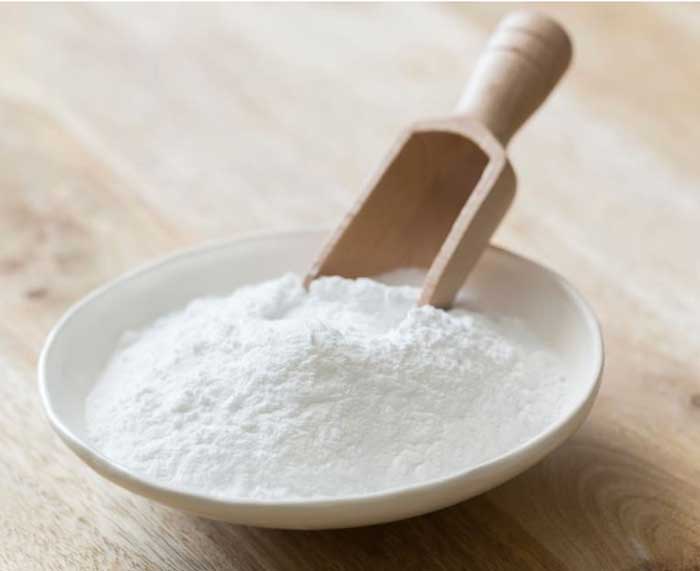
The carbon dioxide release rate of baking powder is much faster than yeast. As a result, bakers tend to prefer baking powder over yeast for various baking purposes. The working mechanism is also very user friendly. This lack of complication in usage makes it quite a popular choice.
How to Use Baking Powder instead of Baking Soda
Baking powder is much weaker than baking soda. So replacing baking soda with baking powder can turn out to be a daunting task for many. This is why expert bakers recommend that you don’t go for this unless you know a lot about baking. Know that a little difference in measurement can make a big difference.
The intensity of baking soda is almost thrice the intensity of baking powder. Therefore, before you replace baking soda with baking powder, keep the following things in mind:
- If the recipe says 1 tbsp baking soda, then simply use 2-3 tbsp baking powder.
- Always mix your baking powder with other dry ingredients before adding it to your mixture.
- We recommend the 1:3 ratio because most commercially produced baking sodas are thrice as intense as baking powders.
- If you use 2 part baking soda and 1 part acidic component, then remember to reduce the amount of salt. The salt affects the rising, so by cutting back on it, the texture will remain consistent.
How to Use Baking Soda instead of Baking Powder
Now let’s say you are out of baking powder. Chances are that the only closest thing that you are going to find is baking soda. This is going to leave you wondering, ‘How can I use baking soda instead of baking powder without having to ruin the texture?’ Don’t worry because we’re here to answer that question.
- Baking powder is the mixture of baking soda and other acidic components in the right proportion. So our goal is to nail that proportion for the perfect replacement.
- To prepare a replacement for baking powder, just take 8 tbsp lemon juice or white vinegar with 2 tbsp baking soda. This will give you a mixture of 10 tbsp, which you can now treat as baking powder.
- What this means is that if the cookbook demands 1 ½ tbsp of baking powder, then use 1 ½ tbsp of the dry mixture you made.
- Remember that the acidic component acts as the activator in the replacement, which makes it a crucial part of the mixture.
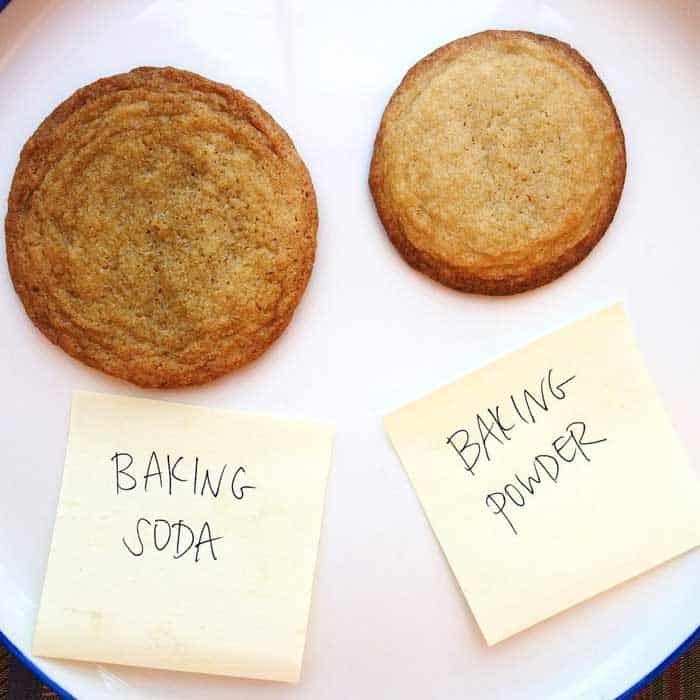
Just by following the mentioned method, you can seamlessly interchange baking powder and baking soda in any recipe. The key to success lies in confidence; therefore, do not be afraid and dare to defy the odds.
Seamlessly Switch Baking Soda and Baking Powder!
No baking soda at home? Got to make do with baking soda instead? No problem. Be it baking powder or baking soda, you are now well aware of their purpose. So, hopefully, you’ve got the answer to the question, “Can I use baking soda instead of baking powder?” Let us know if you have any more queries.

